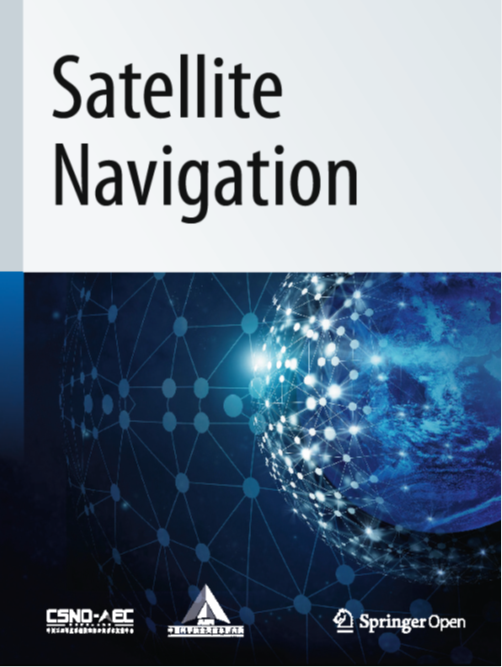A novel global grid model for soil moisture retrieval considering geographical disparity in spaceborne GNSS-R
IF 10.1
1区 地球科学
Q1 ENGINEERING, AEROSPACE
引用次数: 0
Abstract
Spaceborne global navigation satellite system-reflectometry has become an effective technique for Soil Moisture (SM) retrieval. However, the accuracy of global SM retrieval using a single model is limited due to the complexity of land surface. Introducing redundant ancillary data may also result in over-reliance problems. Therefore, we propose a method for SM retrieval that considers geographical disparities using the data from Cyclone GNSS (CYGNSS) observations and Soil Moisture Active and Passive (SMAP) product. Based on the CYGNSS effective reflectivity and ancillary datasets of SMAP, we establish five models for each grid with different parameters to achieve global SM retrieval. Subsequently, an optimal model, determined by the performance indicator, is used for SM retrieval. The results show that the root mean square error $$S_{\mathrm{RMSE}}$$ with the improved method is decreased by 9.1% using SMAP SM as reference with the $$S_{\mathrm{RMSE}}$$ = 0.040 cm3/cm3 compared with using single reflectivity-temperature-vegetation method. Additionally, using the in-situ SM of International Soil Moisture Network as reference, the overall correlation coefficient $$R$$ and $$S_{\mathrm{RMSE}}$$ values with the improved method are 0.80 and 0.064 cm3/cm3, respectively. The average $$R$$ of the chosen sites is increased by 22.7%, and the average $$S_{\mathrm{RMSE}}$$ is decreased by 8.7%. The results indicate that the improved method can better retrieve SM in both global and local scales without redundant auxiliary data.考虑到机载 GNSS-R 的地理差异的新型全球土壤水分检索网格模型
空间全球导航卫星系统-反射测量已成为土壤水分(SM)检索的有效技术。然而,由于地表的复杂性,使用单一模型进行全球土壤水分检索的精度有限。引入冗余辅助数据还可能导致过度依赖问题。因此,我们提出了一种利用旋风全球导航卫星系统(CYGNSS)观测数据和土壤水分主动和被动(SMAP)产品考虑地理差异的 SM 检索方法。根据 CYGNSS 的有效反射率和 SMAP 的辅助数据集,我们为每个网格建立了五个具有不同参数的模型,以实现全球 SM 检索。随后,根据性能指标确定一个最佳模型,用于 SM 检索。结果表明,与使用单一的反射率-温度-植被法相比,以SMAP SM为参考,改进方法的均方根误差$S_{\mathrm{RMSE}}$$降低了9.1%,即$S_{\mathrm{RMSE}}$=0.040 cm3/cm3。此外,以国际土壤水分网络的原位 SM 为参考,改进方法的总体相关系数 $$R$$ 和 $$S_{\mathrm{RMSE}}$ 值分别为 0.80 和 0.064 cm3/cm3。所选点位的平均 $$R$$ 增加了 22.7%,平均 $$S_{m\athrm{RMSE}}$ 降低了 8.7%。结果表明,改进后的方法可以在没有冗余辅助数据的情况下,在全局和局部尺度上更好地检索 SM。
本文章由计算机程序翻译,如有差异,请以英文原文为准。
求助全文
约1分钟内获得全文
求助全文
来源期刊

Satellite Navigation
Multiple-
CiteScore
19.40
自引率
6.20%
发文量
25
审稿时长
12 weeks
期刊介绍:
Satellite Navigation is dedicated to presenting innovative ideas, new findings, and advancements in the theoretical techniques and applications of satellite navigation. The journal actively invites original articles, reviews, and commentaries to contribute to the exploration and dissemination of knowledge in this field.
 求助内容:
求助内容: 应助结果提醒方式:
应助结果提醒方式:


